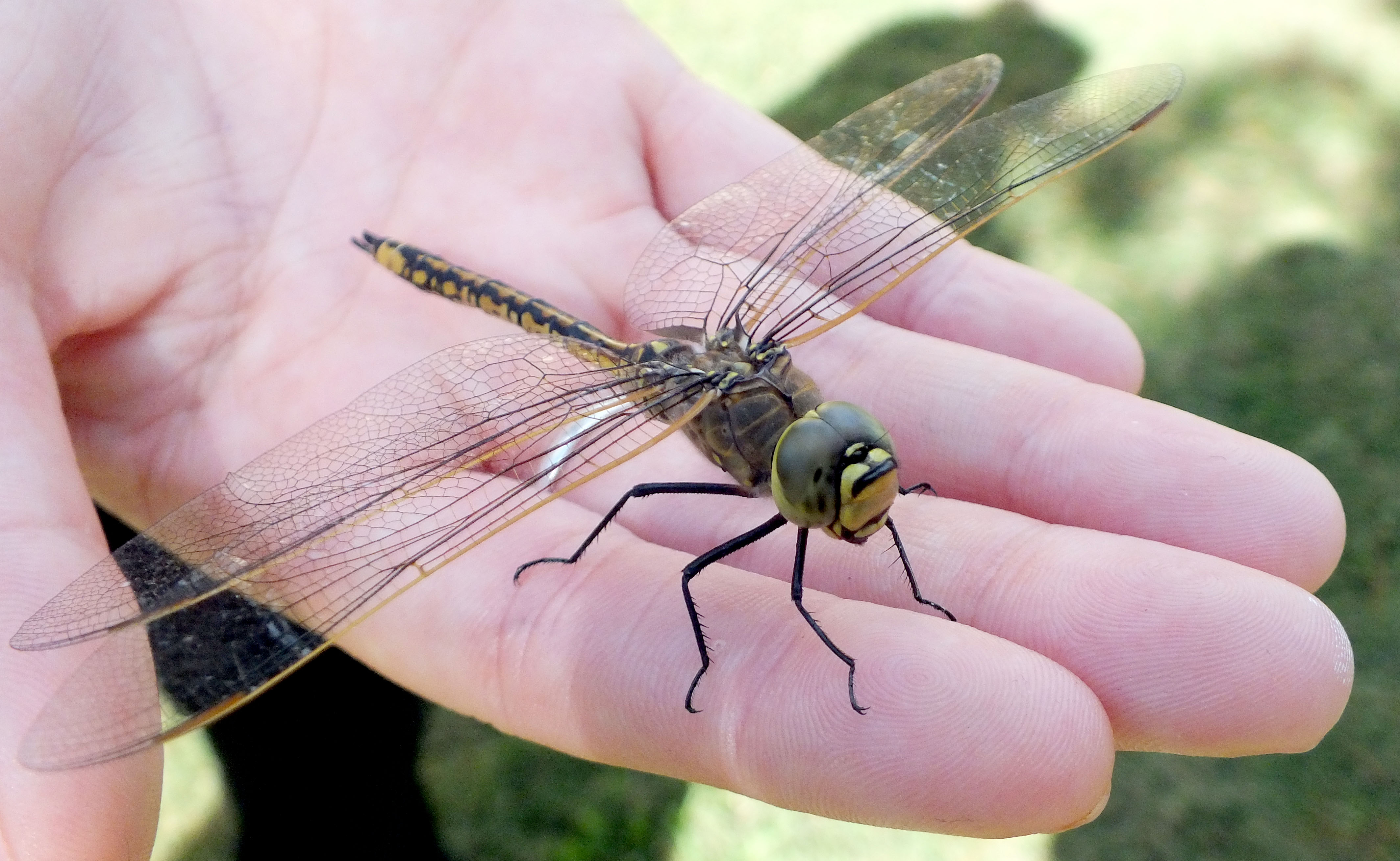Scientists reveal secrets of insect evolution

Using genetic analysis, scientists have for the first time been able to conclusively establish that insects originated approximately 480 million years ago, and that they developed the ability to fly approximately 80 million years later.
Published last week in Science, the study, which involved more than 100 researchers from 16 countries including five from Australia’s CSIRO, answers long-held questions about the evolution of the world’s largest and most diverse group of living things – insects.
“Our research shows that insects originated at the same time as the earliest land-based plants, about 480 million years ago. These first insects were probably similar to today’s silverfish,” said Dr David Yeates, Director of CSIRO’s Australian National Insect Collection, and one of the authors on the paper.
“Then, about 400 million years ago, ancient ancestors of today’s dragonflies and mayflies were the first to develop wings – giving them the ability to fly long before any other animal could do so. This was at about the same time that land-based plants developed height, showing they were able to rapidly adapt to their changing environment. Some of these dragonflies quickly developed wings spanning up to 70 cm, and with slashing mandibles, these swift general predators weren’t to be messed with!”
The findings also confirm that while biodiversity crises led to mass extinction events in many other groups, such as dinosaurs, insects continued to survive and diversify by quickly adapting to new situations and opportunities that arose.
By answering many long-held questions about their evolutionary history, this research is essential to understanding the millions of insect species that shape our environment, and both support and threaten our natural resources.
“Insects are the most species rich organisms on earth. They are of immense ecological, economic and medical importance and affect our daily lives, from pollinating our crops to vectoring diseases,” said Dr Bernhard Misof, Professor from the Zoological Research Museum Alexander Koenig in Bonn, Germany, who led the research effort.
“We can only start to understand the enormous species richness and ecological importance of insects with a reliable reconstruction of how they are related.”
This reconstruction of the insect tree of life was made possible by creating and analysing a DNA sequence dataset of unprecedented scale.
“The research involved sequencing all the expressed genes from over 140 insects to calculate relationships between all the major groups of insects, and then integrating this with fossil evidence to estimate when the different groups evolved,” said Dr Yeates.
The development of novel software and algorithms to handle the ‘big data’ generated through the sequencing of insect genomes is another notable achievement of the project.
Following their success, the consortium of researchers is now embarking on the analysis of over 2000 insect genomes. This will provide a more detailed evolutionary history, and enable the researchers to explore exactly how insects responded to the crises and opportunities that appeared during their long and successful occupation of planet Earth.
 Follow
Follow